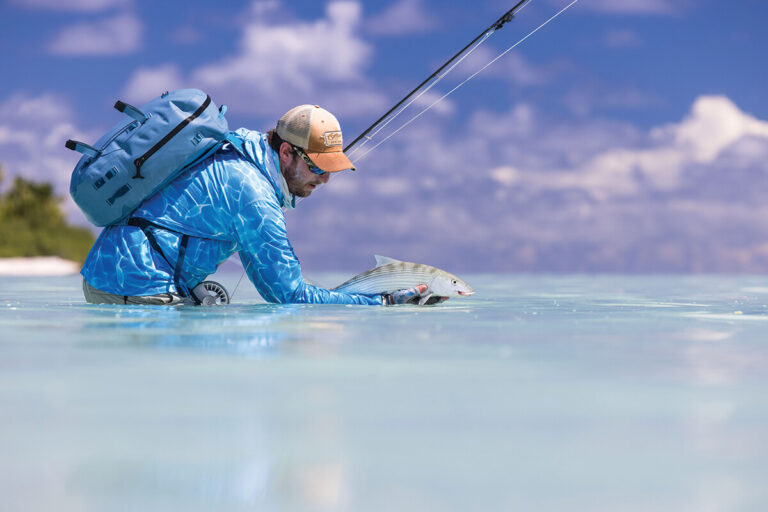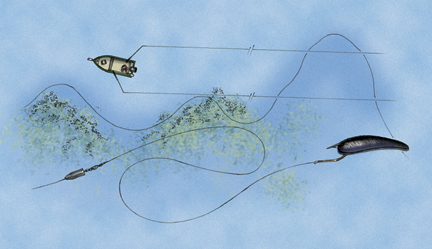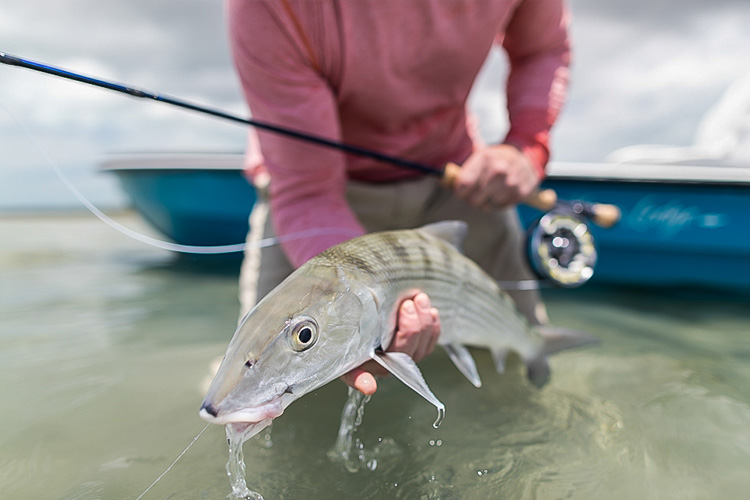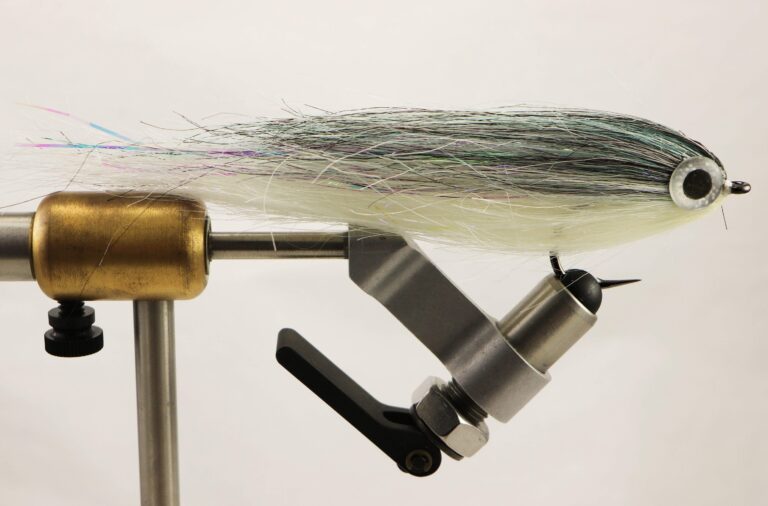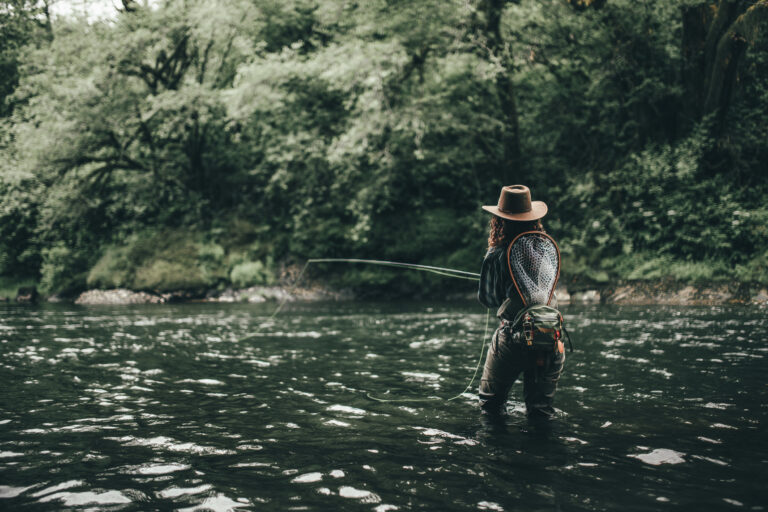To avoid common mistakes while flats fishing, be aware of your surroundings and practice proper casting techniques. We will discuss essential tips for avoiding mistakes and improving your success on the flats.
Whether you are a beginner or an experienced angler, understanding these techniques will help you make the most of your time on the water. Flats fishing is a popular fishing technique that involves targeting fish in shallow, clear water areas known as flats.
These flats can be found in coastal regions around the world and are home to a variety of fish species, including bonefish, tarpon, and permit. Despite its popularity, flats fishing can be challenging, especially for beginners. Without proper preparation and technique, anglers can make common mistakes that may result in missed opportunities or lost fish. However, by following a few simple tips, you can avoid these mistakes and improve your chances of success on the flats. We will discuss some of the most common mistakes anglers make while flats fishing and provide helpful tips for avoiding them. Whether you are a beginner or an experienced angler, understanding these tips will help you make the most of your time on the water and increase your chances of landing a trophy fish. So, let’s dive in and learn how to avoid common mistakes while flats fishing.
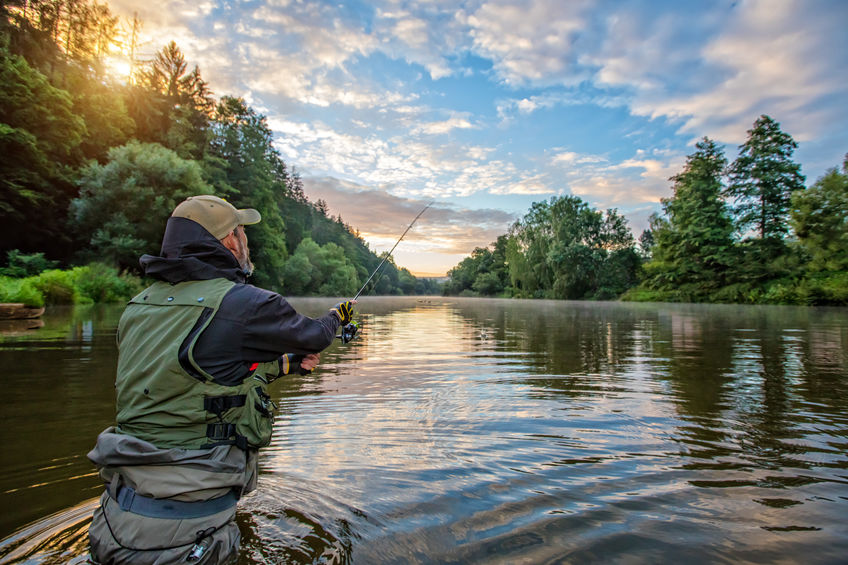
Credit: www.lawrencebay.com
1. Choosing The Wrong Tackle And Gear
Understanding The Importance Of Choosing The Right Tackle And Gear
When it comes to flats fishing, selecting the right tackle and gear is crucial for a successful and enjoyable fishing experience. Using the wrong equipment can lead to missed opportunities, lost fish, and frustration. Here are some important points to consider when choosing your tackle and gear:
- Matching the gear to the target species: Different types of fish require different tackle and gear. Research the specific species you plan to target and ensure that your equipment is appropriate for their size, strength, and behavior.
- Considering the fishing conditions: Flats fishing can present various conditions like shallow waters, strong currents, and submerged structures. Take into account these conditions when selecting your gear, ensuring it can handle the challenges of the environment.
- Balancing power and sensitivity: Finding the right balance between power and sensitivity in your tackle is essential. You want gear that is sturdy enough to handle large fish but also sensitive enough to detect subtle strikes.
- Choosing the right rod and reel combo: Selecting a suitable rod and reel combo is crucial for the efficiency and effectiveness of your fishing. Consider factors such as the rod’s length, weight, and action, as well as the reel’s gear ratio and drag system.
Mistakes To Avoid When Selecting Fishing Rods And Reels
Choosing fishing rods and reels without proper consideration can hinder your fishing experience. To help you avoid common mistakes, keep in mind the following points:
- Neglecting the action and power: The action and power of a fishing rod have a significant impact on its performance. Ensure that the rod’s action (bending characteristics) and power (strength) are suitable for the fish species and fishing techniques you plan to use.
- Ignoring the reel’s gear ratio: The gear ratio of a fishing reel determines its retrieval speed. Consider the type of fishing you’ll be doing and choose a gear ratio that matches your fishing style. Higher gear ratios provide quicker retrievals, whereas lower gear ratios offer more power.
- Overlooking reel drag system: The drag system of a reel is crucial when it comes to battling powerful fish. Check the reel’s drag capabilities and ensure it can provide sufficient smooth resistance to handle the targeted species.
Common Errors When Picking The Appropriate Fishing Line And Leader
Selecting the right fishing line and leader is often overlooked but plays a vital role in landing fish successfully. Avoid these common mistakes to make the most out of your flats fishing experience:
- Choosing the wrong line strength: Fishing line strength should match the targeted species and fishing conditions. Using a line that is too weak may result in break-offs, while using one that is too heavy can decrease sensitivity and affect lure action.
- Ignoring line visibility: The visibility of your fishing line can impact your success in fooling wary fish. Clear and low-visibility lines are popular options, but consider the water clarity and the species you are targeting when choosing the appropriate line color.
- Forgetting about leader material: Leaders provide additional strength and abrasion resistance, particularly in situations where fish may rub against structure or possess sharp teeth. Select a leader material that matches the fishing conditions and the species you are pursuing.
Remember, choosing the right tackle and gear is imperative for a successful flats fishing trip. Take your time to research and invest in suitable equipment that matches your target species, fishing conditions, and personal preferences. Doing so will greatly enhance your chances of landing that trophy catch while creating memorable fishing memories on the flats.
2. Failing To Read And Understand The Tides
The Significance Of Tides In Flats Fishing And The Impact On Fish Behavior
Tides play a crucial role in flats fishing, as they have a direct impact on the behavior of fish in these shallow-water ecosystems. Understanding the significance of tides and how they influence fish movement and feeding patterns is essential for a successful fishing trip.
- Tides create a constant flow of water, which brings in fresh nutrients and prey for the fish. As the tide rises, it floods the flats and encourages fish to move closer to the shorelines, feeding on the abundant food sources.
- Different stages of the tide, such as incoming or outgoing tides, have varying effects on fish behavior. During incoming tides, fish tend to move towards the flats, whereas during outgoing tides, they move towards deeper channels or structures.
- The strength of the tide also determines the speed and direction of the water flow, which affects how fish position themselves for feeding. Understanding these dynamics allows you to anticipate where the fish will be feeding and adjust your fishing strategy accordingly.
Mistakes To Avoid When Reading Tide Charts And Planning Your Fishing Trip
Reading tide charts and planning your fishing trip around the tides can greatly increase your chances of success. However, it’s essential to avoid common mistakes that may lead to inaccurate interpretations or ineffective fishing strategies.
- Mistake 1: Failing to factor in local conditions and topography: apart from the tide charts, other factors such as wind, weather, and the specific characteristics of the fishing location can influence the tides’ impact on fish behavior. Consider the local conditions and topography to get a more accurate understanding of how tides affect the area.
- Mistake 2: Relying solely on tide times without considering tide heights: while knowing the time of high or low tides is important, understanding the tide heights is equally crucial. Certain fish species prefer specific water depths, so knowing how the tide levels fluctuate can help you target the right areas.
- Mistake 3: Failing to account for tidal variations in different locations: tides can vary based on geographic locations, even within the same region. Be aware of these variations and adjust your fishing plans accordingly when exploring new areas.
- Mistake 4: Ignoring tide movement patterns: along with understanding the high and low tide times, pay attention to the rate at which the tide rises or falls. A rapid change in water levels can trigger feeding frenzies, while a slow or steady tide movement may require a more patient and strategic approach.
Understanding How To Adapt Your Fishing Strategies To Different Tide Conditions
Being able to adapt your fishing strategies based on the tide conditions can make a significant difference in your flats fishing success. Here are a few tips to help you adjust your approach:
- Incoming tide strategies: When the tide is rising, fish often move towards the flats to feed. Focus on shallow areas near drop-offs, channels, or structures where fish may wait for prey to get swept in by the incoming tide. Use bait or lures that mimic the natural forage in the area.
- Outgoing tide strategies: During the outgoing tide, fish tend to migrate towards deeper channels or structures. Target these areas where fish gather to take advantage of the moving water. Techniques such as jigging, drift fishing, or trolling along the channels can be productive during this period.
- Slack tide strategies: Slack tide refers to the period between high and low tides when the water movement is minimal. Fish may become less active during this time, making it more challenging to entice them. Try fishing near structures or areas with significant tidal flow to improve your chances of catching fish during slack tide.
- Adjusting your bait presentation: As the tide changes, the speed and direction of the water flow can affect how fish respond to your bait. Experiment with different retrieval techniques, varying the speed, and adjusting the depth at which you present your bait to find what works best for the specific tide conditions.
By understanding the significance of tides, avoiding common mistakes when reading tide charts, and adapting your fishing strategies accordingly, you can increase your chances of catching fish while flats fishing. Stay observant of the conditions and the behavior of the fish to fine-tune your approach and make the most of each tide cycle.
3. Ignoring Stealth And Boat Positioning
The Importance Of Being Stealthy When Flats Fishing
Flats fishing requires a delicate approach to avoid spooking the fish and ensuring a successful catch. Ignoring the importance of stealth and boat positioning can be a costly mistake. Here are a few key points to keep in mind:
- Move slowly and quietly: Sudden movements or loud noises can startle fish and cause them to swim away. Maintain a gentle and calm demeanor while on the boat.
- Wear appropriate clothing: Bright colors or reflective materials can easily give away your presence. Opt for neutral-toned, camouflage or muted clothing to blend in with the surroundings.
- Minimize boat noise: A noisy engine or slamming hatches can disturb the fish. Take measures to reduce noise levels by ensuring proper maintenance of the boat and instructing everyone on board to keep noise to a minimum.
- Avoid casting shadows: Shadows can alert fish to your presence. Position yourself in a way that avoids casting a shadow over the area you are targeting.
- Be aware of wind direction: The wind can carry your scent and sound, alerting the fish to your presence. Adjust your boat positioning accordingly to ensure the wind is in your favor.
Common Mistakes In Boat Positioning That Can Spook Fish
Proper boat positioning is crucial when flats fishing. Unfortunately, many anglers make mistakes that can spook fish and ruin their chances of a successful catch. Here are a few common mistakes to avoid:
- Anchoring too close: Anchoring too close to the fishing area can push fish away. Give yourself enough distance to cast without disturbing the fish.
- Running aground: Striking the bottom with your boat can create loud noises and vibrations that scare fish. Familiarize yourself with the area and keep an eye on water depths to avoid running aground.
- Failing to account for tides: Tides can significantly affect fish movement and feeding patterns. Be mindful of the tide when planning your boat positioning, as fish may gather in specific areas during certain tide stages.
- Overlooking structure and cover: Fish often seek shelter and food near structure and cover. Position your boat in a way that allows you to cast near these areas for a higher chance of success.
- Drifting too fast: Drifting at high speeds can make it difficult to maintain control and accuracy while casting. Adjust your drift speed to match the conditions and maintain control over your boat.
Techniques For Maintaining Silence And Minimizing Disturbances In Shallow Waters
When fishing in shallow waters, it becomes even more critical to maintain silence and minimize disturbances. Here are some techniques to help you achieve this:
- Use a push pole or electric trolling motor: These quiet propulsion methods allow you to move through shallow waters without disturbing the fish. Avoid using a loud outboard motor, as the noise can easily scare fish away.
- Control your footsteps: When wading or moving around the boat, be mindful of your footsteps. Avoid stomping or splashing in the water, as the vibrations can alert nearby fish.
- Handle gear with care: Be cautious when handling your fishing gear to avoid unnecessary noise. Avoid accidentally knocking or dropping items on the boat or in the water.
- Communicate quietly: If you are fishing with a partner, communicate quietly to avoid loud noises that could disturb the fish. Use hand signals or speak softly to relay information.
- Plan your movements in advance: Before making any movements, plan them in advance to minimize sudden movements or last-minute adjustments. This will help maintain a steady and calm environment for the fish.
Remember, being stealthy and mindful of boat positioning can significantly increase your chances of a successful flats fishing experience. Implementing these techniques will allow you to approach the fish with finesse and maximize your opportunities on the water.
Conclusion
Avoiding common mistakes while flats fishing is crucial to ensure an enjoyable and successful experience. By following the guidelines discussed in this blog post, you can greatly improve your chances of landing that elusive fish. Remember to research and understand the local flats ecosystem, use the right equipment and techniques, like sight casting and proper hookset, and approach the flats with patience and stealth.
Keep in mind the impact of weather conditions and avoid overcrowding the area to preserve the delicate balance of the ecosystem. By practicing catch and release and respecting the environment, you can contribute to the conservation efforts and help maintain the flats’ natural beauty for future generations of anglers.
So get out there, put these tips into practice, and make the most of your flats fishing adventures!

